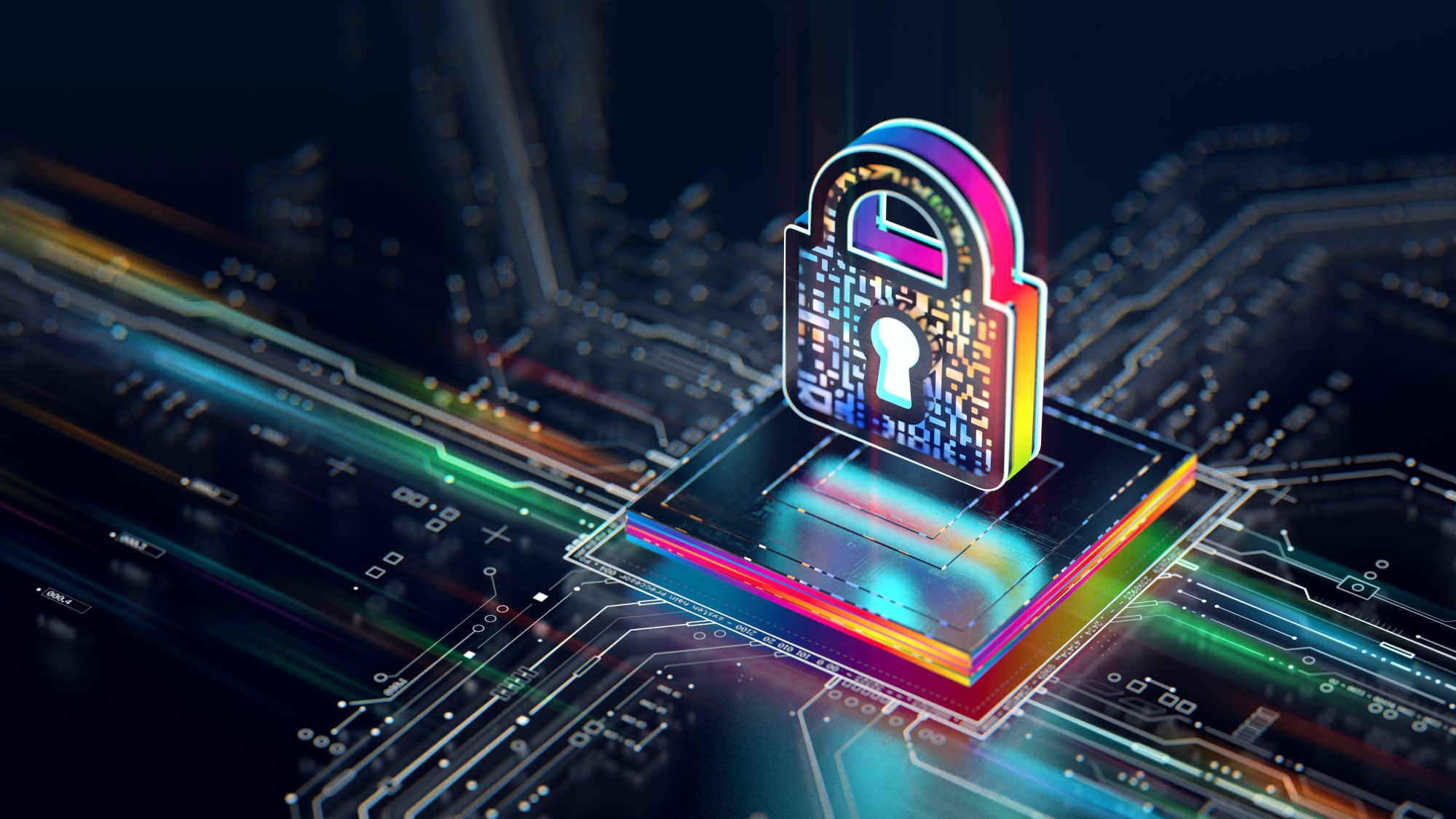Top 5 Deep Cybersecurity Stories
En ciberseguridad, es fundamental estar al tanto de las últimas tendencias y amenazas, dado el cambio constante de riesgos y desafíos. En esta exploración, nos adentraremos en cinco historias de ciberseguridad con gran profundidad técnica, destacando la importancia de una actualización constante y una comprensión profunda del entorno de seguridad digital.

2. Equifax Breach: Patch Management and Security
The Equifax incident in 2017 highlights the critical importance of properly managing patches and maintaining security in web applications. This event underscores the need for continuous updates and security audits in critical systems.
Prevention: Manage patches and perform continuous updates. Use advanced security solutions such as data leakage prevention and network traffic monitoring.
1. Stuxnet: Zero-Day Vulnerabilities and Cybersecurity
Stuxnet, discovered in 2010, marked a milestone as the first worm designed to damage industrial facilities, leveraging multiple zero-day vulnerabilities. Regular updating of operating systems and applying security patches is crucial to prevent similar attacks, along with implementing a layered security approach.
Prevention: Regularly update operating systems and apply security patches. Implement a layered security approach with firewalls, intrusion detection, and access controls.
3. NotPetya: Ransomware and Cyber Convergence
Initially presented as ransomware, NotPetya turned out to be a disguised destructive attack. Continuous employee awareness and training are vital, along with keeping systems updated and performing regular offline backups.
Prevention: Raise employee awareness and provide training on cybersecurity practices. Keep systems updated and perform regular offline backups.
4. Spectre and Meltdown: Hardware-Level Vulnerabilities
Discovered in 2018, Spectre and Meltdown revealed design vulnerabilities in modern microprocessors, emphasizing the importance of considering hardware-level security risks.
Prevention: Collaborate closely with hardware providers and apply regular firmware updates. Segment networks and implement access policies.
5. SolarWinds Supply Chain Attack: Silent Intrusion
Discovered in 2018, Spectre and Meltdown revealed design vulnerabilities in modern microprocessors, emphasizing the importance of considering hardware-level security risks.
Prevention: Conduct rigorous software integrity checks and constantly monitor the supply chain. Detect and respond early in coordination with other industry actors.
These stories underscore the evolution and complexity of the cybersecurity landscape. To effectively address emerging challenges and protect digital assets, it’s crucial to have a deep technical expertise. Whether through disaster recovery plans, backup implementation, utilization of SIEM, deployment of honeypots, or conducting penetration tests, a security strategy must be perfectly tailored to the requirements of your network systems and be able to proactively respond to threats, ensuring a strong defense.

